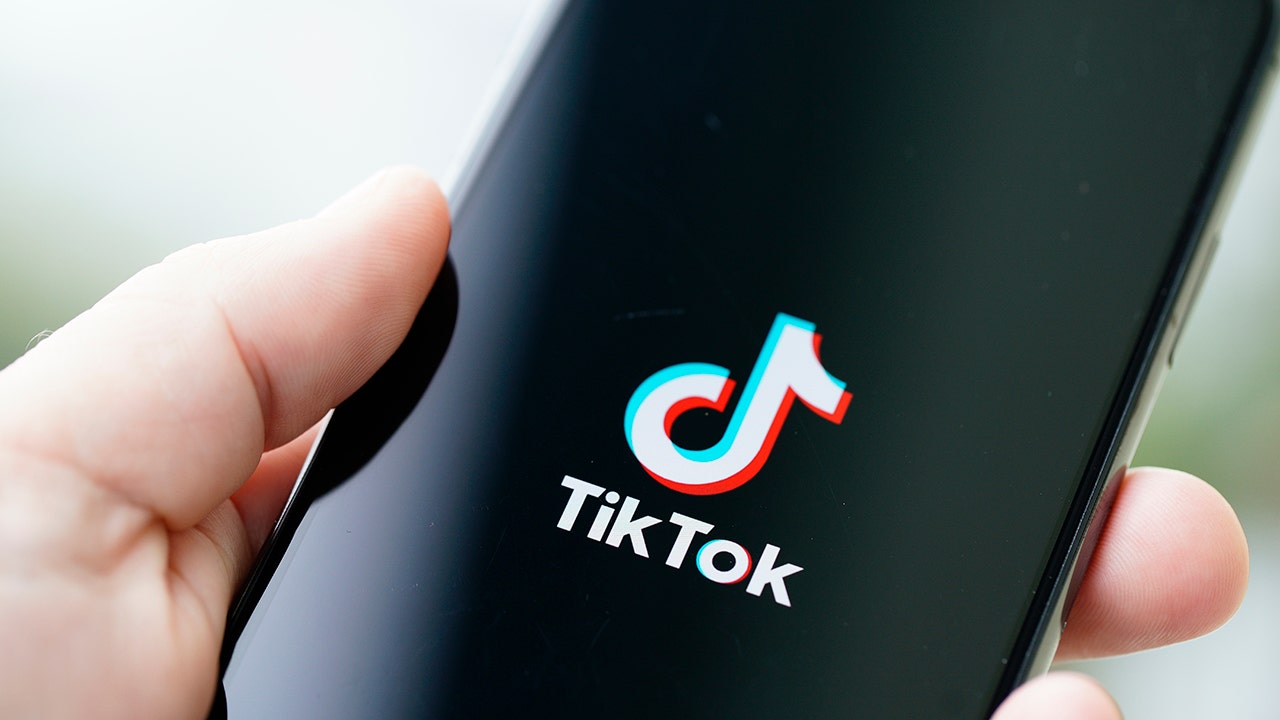
In Chicago last month, thousands of gay men gathered for the first time in three years for the annual International Mr. Leather conference, a four-day-long affair where men from all over the world gathered to strut their stuff in leather gear, have lots of sex, and compete to be named International Mr. Leather. IML is like the Miss America pageant, except those working the runway are clad in harnesses. (This year, the honor went to Gael Leung Chong Wo of Belgium.)
I found myself very concerned about the event in part because, even by the low standards of the Centers for Disease Control and Prevention, community spread of SARS-CoV-2 was “high in Chicago, causing uncontrollable community spread of that virus. Of course, gay men coming and going from around the world for a conference isn’t any more or less worrisome than any large group gathering indoors. Enragingly, the Society for Epidemiologic Research is also meeting in Chicago soon, despite the latest coronavirus surge. Graduations, weddings, concerts and banquets are churning on indoors, as if 10,000 people a month aren’t still dying of COVID.
But more specifically, I was worried about monkeypox (MPX) making an appearance at IML, as I am concerned about it making its way through LGBTQ Pride events and circuit parties this month. Monkeypox has largely been found in Western and Central Africa in the last few decades. And while it is endemic there in rodents, several African countries have developed excellent public health practices to minimize outbreaks among humans, which Europeans and North Americans have largely neglected. African countries do not have an ample supply of stockpiled pharmaceutical vaccines and antiretrovirals. But, as Science reported, countries like Nigeria use the kinds of effective nonpharmaceutical interventions with MPX that the United States and Europe have largely eschewed with the novel coronavirus: putting the effort in to perform surveillance, helping affected people isolate, sequencing viruses to track spread and sharing their findings with others.
But MPX has been popping up all over the world the last couple of months, with at least two strains in the U.S. alone, suggesting undetected global spread has been occurring for some time. The largest outbreaks have been traced to gay saunas and raves in Europe, as well as to a gay sauna in Montreal. As public health expert Gregg Gonsalves wrote in the Nation, there are 550 cases and counting. But MPX is not a “gay disease.” Indeed, as Bloomberg News reported, though MPX can (and currently is) moving through sexual contact, it it not a sexually transmitted infection; according to the World Health Organization, it is “transmitted from one person to another by close contact with lesions, body fluids, respiratory droplets and contaminated materials such as bedding.”
But MPX is moving through networks of men who have sex with other men, in the midst of the two-year-plus COVID pandemic and the 42-year-plus AIDS pandemic. This presents a conundrum. That the populations most likely to be affected by MPX have long been people in Africa, and now include men who have sex with men in Europe and North America, makes it track along dangerous lines of stimga similar to HIV/AIDS, a relatively inefficient virus; at the same time, MPX is a much more transmissible than HIV (though less efficient than SARS-CoV-2). Governments and businesses around the world only nominally cared about COVID because they thought it might affect the health and wealth-building capability of the ruling class; they may be as unlikely to care about MPX as they have been about HIV.
How do you stop transmission of a casually transmitted virus moving among despised populations (who live in what I call in my forthcoming book a viral underclass) without creating stigma and harming public health? To unpack this paradox and understand how to best address stigma and viral transmission right now, it might be helpful to look at the particularities of HIV/AIDS, SARS-CoV-2/COVID and MPX—for understanding what’s already been learned about each of them that might help us better understand how to address any of them.
HIV is a relatively inefficient retrovirus which affects the immune system. And while it is not a “gay virus,” it first came into mass consciousness because of how it began circulating among gay men in North Amercia in the 1980s. The virus moves most effectively through blood vessels and mucous membranes; it is more easily transmitted into receptive anal tissue than into receptive vaginal tissue, and an HIV-positive sex insertive partner is far more likely to transmit HIV to a receptive parnter (anal or vaginal) than an HIV-positive receptive parnter (anal or vaginal) would be to transmit through an insertive partner’s penis. Yet despite this early movement of the virus and the ways it still disproportionately affects men who have sex with men in many parts of the world, this is not true everywhere. In some countries, U.S. states and U.S. territories, like Puerto Rico, HIV moves more frequently through injection drug use and heterosexual sex than through male-to-male sex. In parts of the world, substantial transmission occurs through “vertical transmission, from parent to child. (There is no approved and available vaccine for HIV, though there are effective medications.)
SARS-CoV-2, a respiratory virus, moves overwhelmingly through breathing and air—through close contact or, in indoor conditions, even among people sharing the same air who aren’t that physically close to each other. (This virus has both vaccines and effective medications.)
MPX also moves through close contact (though it’s unclear if it moves through semen or vaginal fluids) but contact has to be much closer than SARS-CoV-2. If you’re making out with someone at a party, MPX might move between the two of you, but it’s not going to move through either of you and a couple making out 50 feet away (while SARS-CoV-2 might move between any of the four of you).
MPX is very responsive to smallpox vaccinations, which were widely given in the U.S. and Canada until 1972, though not everyone over 50 received it; and while the U.S. has enough doses of smallpox vaccines stockpiled to inoculate everyone in the country, the older stored shots have significant side effects. However, Bavarian Nordic’s new Jynneos vaccine is approved for both smallpox and monkeypox, and it does not have the deleterious side effects.
Gay men socialize in intimate ways in large groups—at saunas, at raves and at conferences like International Mr. Leather. At all of them right now, they are at risk for HIV (but condoms and antiretroviral medication decrease that risk), SARS-CoV-2 (less chance of death if vaccinated) and MPX (perhaps with some group immunity because “daddies” over the age of 50 may have had a smallpox vaccine as a child, though the effectiveness decades later is unknown). They often travel long distances between such gatherings, increasing the possibility any of these viruses might travel with them.
What to do to address such risks effectively, without stigma?
First, recognize, as Harvard epidemiologist Julia Marcus put it to me bluntly, health “is not simply the absence of disease.” Pleasure and connection are important in a healthy life, as is the mitigation of pathogens.
Then, as Gonsalves recently put it to me, we must admit that “culture doesn’t change easily.” There is a segment of gay culture that is very rooted in gatherings of people partying, dancing and having sex. But we are not alone in such numbers: from Memorial Day to Father’s Day to all the weddings and graduations that will happen in between, this is a prime month for people to gather together in nice weather, especially coming out of the last couple of years. Mr. Leather is no better than worse than a June wedding—and if culture were easy to change, millions of people wouldn’t be gathering for anything indoors this June in the midst of a COVID wave.
There are only a few experts on MPX, more on HIV and, by now, a plethora on COVID. Yet the ones who know what to do the best (and who’ve been affected the most) in Africa are not only ignored, they’re stigmatized. When researchers in South Africa first shared with the world their excellent work sequencing the Omicron variant, people from their country were banned from Europe and the United States. Scientists working at containing MPX outbreaks in countries Nigeria and Cameroon for years or decades have found their warning to their colleagues in Europe and North America have been “ignored.”
Another group of experts to be listened to are gay men. We need to give people the safest ways to gather together before gatherings are driven underground. People need to gather to celebrate marriages, congratulate graduates, to eat and have sex (outside if necessary). But while this is a guiding principle, facilitating such connection with different kinds of viruses will require modified approaches—especially when dealing with highly transmissible viruses like SARS-CoV-2 or MPX.
In New York City in March 2020, there was a period of a few days when the government made it clear a lockdown was coming but, even though it was inadvisable, people could still gather publicly until that date. During that window, a gay sex party was going to meet for one last time. It was a hotly debated topic among gay New Yorkers; ultimately, I was among those who called for the cancellation of the party (though I also joined the New York City Department of Health in encouraging people to practice sex with a partner they lived with, as well as masturbation, phone sex, video sex, sex with a barrier and/or sexting). COVID called for a different approach than AIDS because of the different transmission qualities of HIV and SARS-CoV-2. In the height of New York’s AIDS years, the city had closed bathhouses, a foolhardy decision given that safe sex education and condom distribution happened in such settings (while it did not when group sex was secret). It’s a little more complicated with an airborne illness like COVID, where the mere presence of breathing together increases COVID transmission, the opposite effect condom distribution has on decreasing HIV mitigation.
But it’s not impossible. Saunas usually require state IDs to enter, which can make them effective for contact tracing, though the stigma of homophobia may frighten people from cooperating. (In South Korea in 2020, an outbreak of COVID traced to a gay sauna created massive stigma.) They are also possible sites for addressing public health outbreaks among populations in effective ways. For instance, in 2013, meningitis—another disease which can move through sexual contact—was affecting gay men in New York (as it is now affecting gay men in Florida). Volunteer doctors like Demetre Daskalakis, now director of HIV/AIDS prevention for the CDC, went to sex clubs like Paddles and admnistered a meningitis vaccine to willing men. It was an effective campaign that helped stop the outbreak. A similar campaign could be used now to get vaccines into willing gay men in order to provide community protection against MPX (which, in turn, would better protect the general public and decrease the likelihood a mass vaccination campaign on the scale of the one we’ve just gone through might be needed). Also, given that so many of them were born out of the AIDS crisis, LGBTQ organizations should actively use their events, knowledge and infrastructure to minimize risk, educate people on how to watch for symptoms, and maximize contact tracing capabilities throughout Pride. But while groups like GMHC have put out press releases on MPX and the app Grindr is advising users to watch for symptoms, there is a lot more LGBTQ organizations can and need to do, including lobbying LGBTQ politcians to put real public health resources into this emerging crisis.
Language, also, plays an important role. In social media or traditional journalism, calling someone a “Patient Zero” is unfair, ableist and stigmatizing in ways that hurt not just the unlucky person but the whole community. Referring to someone as a “host” is dehumanizing. MPX has been around for a long time, and anyone who is unlucky enough to get it for being a normal human doing normal human things shouldn’t be labeled as a pariah who “brought it into” a naively imagined pathogen-free space.
Which brings me to my last point: We must make it safe for people to report their symptoms, get tested and get care. If people who are infected are afraid of the stigma or financial ruin they could experience by coming forward, then transmission will go undetected—harming many individual bodies, as well as our collective public body. It is cheap and easy to point fingers at a leather conference or an unmasked indoor wedding; it takes more resources to offer free testing, treatment, and support for isolation, which have already been dialed back for COVID and don’t yet exist for MPX.
To deal with this latest viral outbreak, we’d do well to look at how those who are most affected have managed pandemics that began long ago—and to look at how a world created where a viral underclass had all the resources for healthy living they needed would keep pandemics from creeping in.
This is an opinion and analysis article, and the views expressed by the author or authors are not necessarily those of Scientific American.


















































![FBI Raids Home of Popular MI GOP Gov Candidate Charged With MISDEMEANORS Related To Jan 6…How Many Antifa/BLM Homes Were Raided After They Threatened Trump on June 9? [VIDEO] FBI Raids Home of Popular MI GOP Gov Candidate Charged With MISDEMEANORS Related To Jan 6…How Many Antifa/BLM Homes Were Raided After They Threatened Trump on June 9? [VIDEO]](https://www.thegatewaypundit.com/wp-content/uploads/kelley-antifa-blm.jpg)








